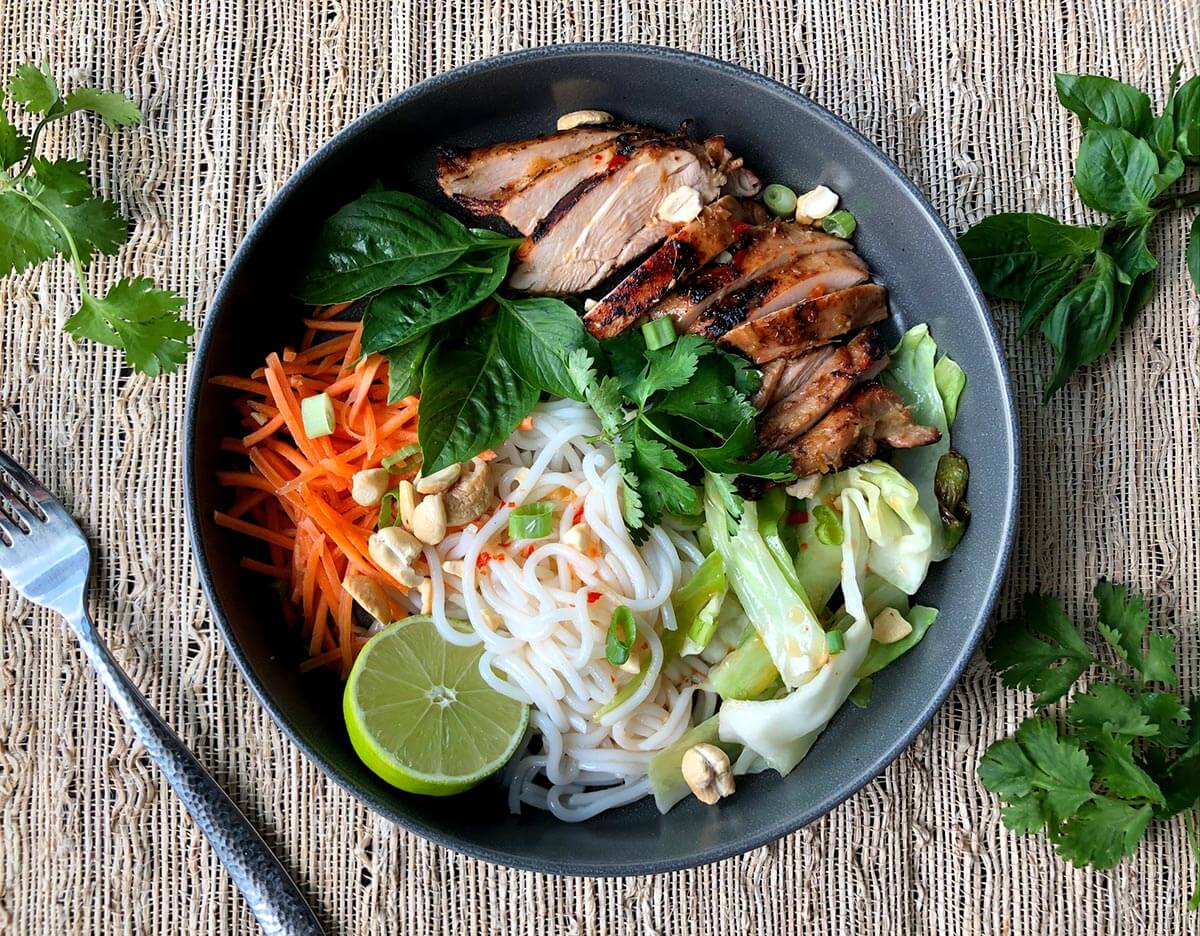Whole Food Advantage: What is it and why should we listen?
According to Merriam Webster the term whole food means “a natural food; especially an unprocessed one such as a vegetable or fruit.” While there’s no official criteria for a whole food diet, most would agree that it consists of minimally processed food as close to its natural state as possible. Experts agree this is a smart way to eat as it encourages nutritious options from all the food groups.
At Healthy Gourmet we are proud to prepare our meals using all-natural ingredients and without artificial preservatives. Consequently, our meals are packed with the nutrients and taste that nature intended and do not have added sugars, starches, flavorings, or other manufactured ingredients. In this way, we believe that Healthy Gourmet’s approach to preparing meals is as close to whole food as we can make it. What are some examples of whole food, why should we eat them and how can we incorporate them into our diet?




